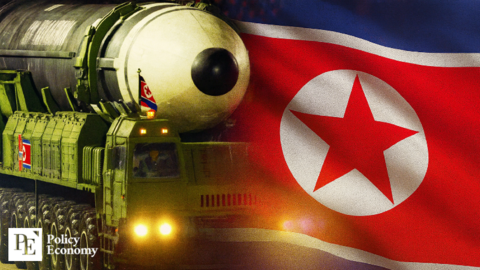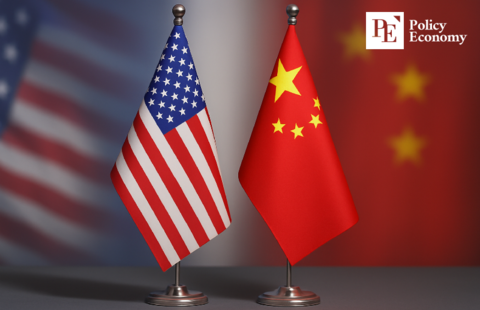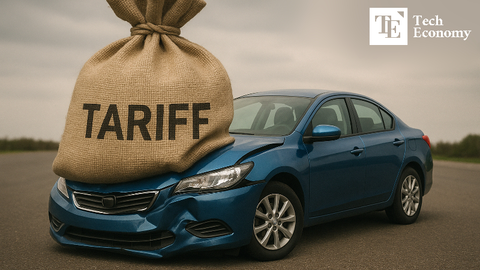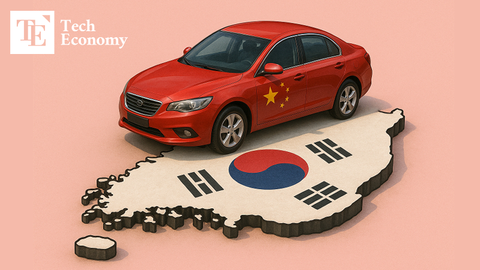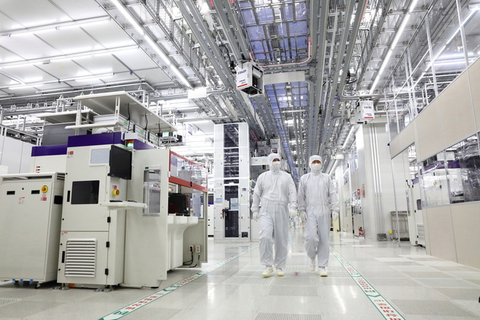‘In Talks’ Yet Blaming Each Other — U.S.-China Tariff Negotiations Enter a Face-Saving Battle
Input
Modified
The two countries remain on parallel paths regarding key issues. China: “The U.S. is violating market principles.” Messages bordering on threats, beyond mere pressure.
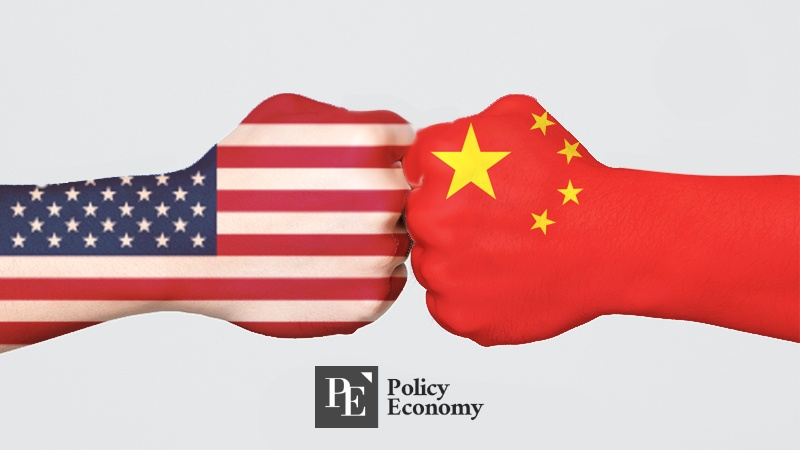
Although both Washington and Beijing insist that tariff negotiations are underway, the reality beneath the surface is far more combative. What is being described diplomatically as dialogue increasingly resembles a geopolitical face-off—a battle not just over economic policy, but over pride, image, and national standing. On paper, the two countries are still at the negotiating table. In practice, they have dug into hardened positions, trading blame and escalating threats in what now looks like a full-blown strategic confrontation.
The U.S. is intensifying its pressure with punitive tariff hikes, while China has launched a formal counterattack through a methodical, logic-laden government report. These actions mark a shift from traditional trade negotiation into a high-stakes game of economic brinkmanship—one where neither side appears ready to compromise and both are increasingly preoccupied with saving face in front of their domestic and global audiences.
Trading Tables Turn to Podiums: Washington Shifts Blame, Beijing Pushes Back
On April 29, U.S. Treasury Secretary Scott Bessent drove a wedge further into the strained relations by highlighting the vast trade imbalance between the two countries. “China exports five times more to the U.S. than we export to them,” he said in an interview with CNBC. He argued that the 125% and 145% tariffs in place are not America’s burden to ease, implying instead that it is China that must act. His message was unmistakable: the path to de-escalation starts with Beijing, not Washington.
This position stood in sharp contrast to President Donald Trump’s earlier remarks, where he suggested that talks with Chinese President Xi Jinping were happening “daily” and progressing. But China dismissed Trump’s statement as “fake news,” signaling frustration with what it saw as insincere posturing. Some analysts interpreted Trump’s remarks as a softening gesture to soothe markets, but Bessent’s tone suggested that the U.S. government is moving away from China as a priority and toward other trade partners.
Indeed, Bessent openly stated that the U.S. is pivoting toward faster agreements with other nations, especially in Asia. “China, which retaliated with its own tariffs, can be set aside,” he remarked. “Many Asian countries are coming to the table with meaningful solutions to this fairness issue.” Among them, India was singled out as a strong candidate for the first new trade agreement under the revised U.S. strategy. Meanwhile, Japan, despite early expectations, appears to be proceeding more cautiously. Economic Revitalization Minister Ryosei Akazawa's mid-April visit to Washington ended without resolution, reportedly due to Tokyo’s commitment to protecting its own industries rather than yielding to American demands.
China Fights Back with Data, Reports, and Market Logic
Unlike the more confrontational American approach, China has opted to build its case through documentation and logic. On April 9, the Chinese State Council’s Information Office released a 22-page white paper titled “China’s Position on Certain Issues in China-U.S. Economic and Trade Relations.” Rather than focusing on emotion or ideology, the report presents an argument grounded in economics and legality, accusing the United States of violating market economy principles and undermining global trade norms.
The report begins by painting a picture of longstanding cooperation between the two nations, emphasizing the mutual benefits of trade. It points out that U.S. exports to China surged 648.4% from 2001, when China joined the World Trade Organization, to 2024—rising from $19.18 billion to $143.55 billion. This growth, it notes, vastly outpaces the 183.1% increase in America’s overall global exports during the same period. The data supports Beijing’s claim that economic ties between the two countries have historically been productive and mutually beneficial.
More significantly, the report accuses the U.S. of failing to uphold the commitments it made under the Phase One trade deal signed in January 2020. While that agreement was meant to serve as a truce after 18 months of escalating tariff warfare, Beijing argues that it has fulfilled its obligations while Washington has fallen short. The document goes further to explain why Chinese companies are reluctant to import more American goods—claiming that many of them are overpriced and lack competitiveness in terms of quality and safety.
It cites soybeans and beef as examples, arguing that Chinese firms see no reason to pay nearly 50% more for U.S. agricultural goods when comparable products from South America are available at a lower cost. This technical, data-driven approach allows China to frame its stance not as resistance, but as market rationality. It also positions Beijing as the more rules-oriented party in contrast to Washington’s increasingly aggressive posture.
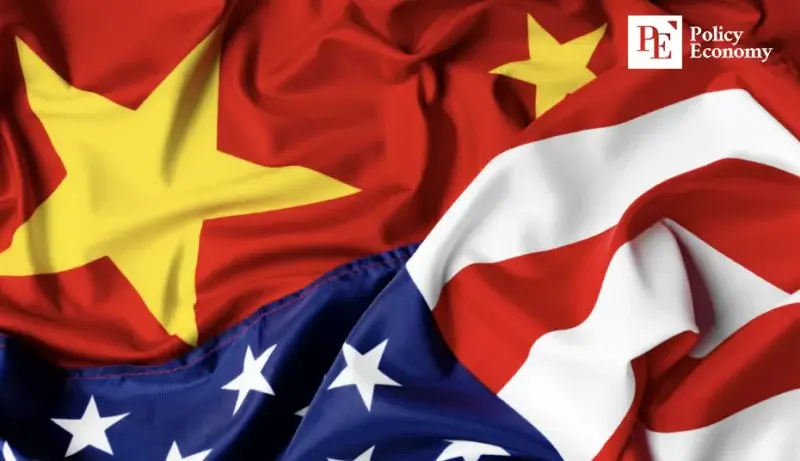
The “Game of Chicken” Turns into a Trade War Escalation
The trade conflict escalated sharply on April 15 when the White House announced that it would impose tariffs as high as 245% on Chinese exports—a dramatic jump from the previously announced 145% just five days earlier. While the administration did not specify which goods would be affected, the message was clear: this was not a symbolic warning. It was a deliberate effort to inflict pain, potentially tantamount to a trade ban.
Local media outlets in the U.S. and Asia quickly interpreted the move as a sign that traditional trade diplomacy had been abandoned in favor of a zero-sum strategy. The Trump administration appears to be employing a systemic approach to force China into concessions—not through negotiation, but through sheer economic pressure. This is not just a tariff dispute—it’s a calculated escalation designed to isolate and constrain China.
Beijing, unsurprisingly, has not backed down. Officials have said they are “not afraid of a fight,” and China’s posture remains firm. But market analysts warn that China’s export-reliant economic model leaves it vulnerable to prolonged U.S. pressure. The U.S. consumer market continues to serve as a lifeline for Chinese manufacturers, and entrenched high tariffs could ripple through China’s supply chains, leading to job losses and long-term structural disruptions.
The U.S. is not immune to blowback either. While calls to “replace Chinese goods” resonate politically, the reality of global supply chains is far more complicated. Finding cheaper, scalable alternatives is not easy. The imposition of steep tariffs could fuel inflation at home, driving up costs for consumers and triggering political backlash—a risk that grows as the 2026 election cycle nears.
Diplomats and observers now widely describe the situation as a classic game of chicken: both nations accelerating toward economic collision, daring the other to flinch first. But unlike in theory, this game comes with very real costs. For the U.S., it's rising prices and political peril. For China, it’s a drag on exports and rising unemployment. With national pride steering both sides, the route to compromise is narrowing—and the stakes are only getting higher.


